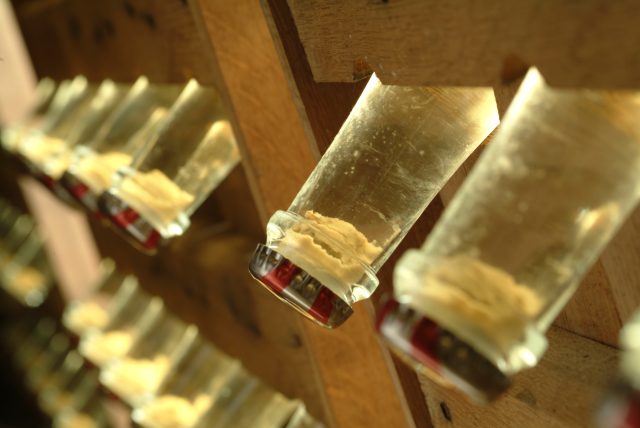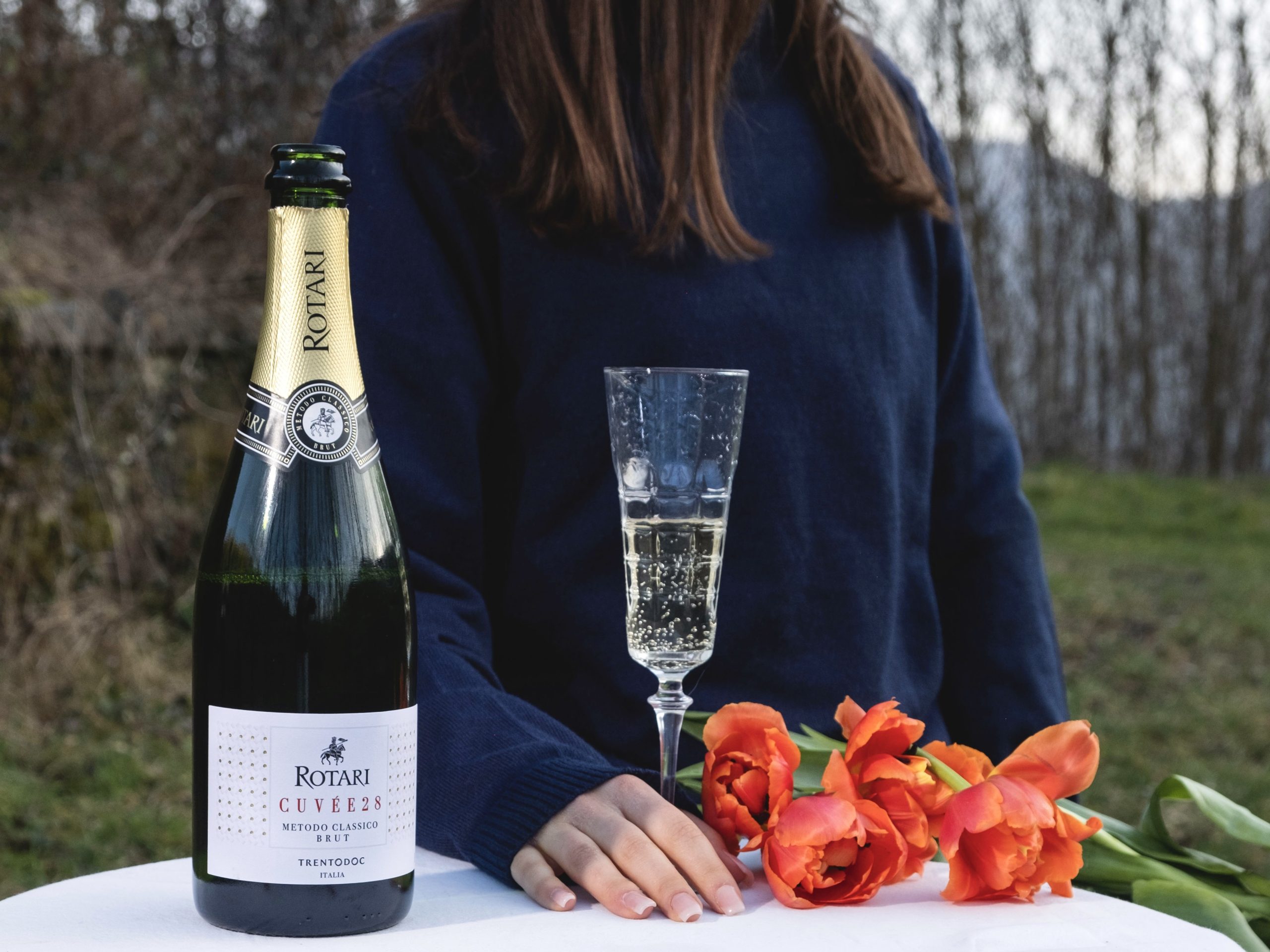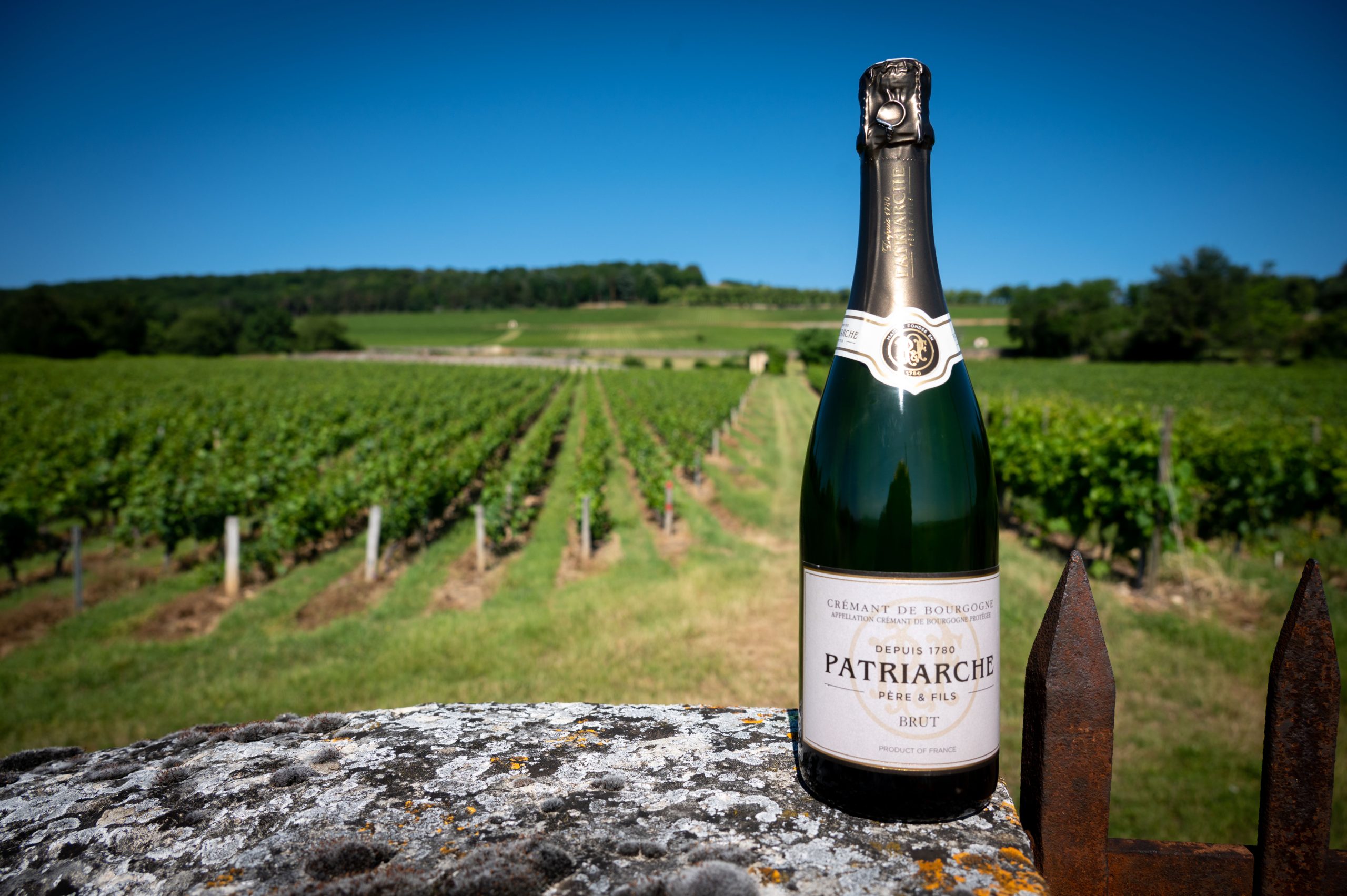Why vintners are pampering their yeasts
From playing music in the cellar to talking to their fermentations, Kathleen Wilcox looks into the plethora of ways that winemakers are trying to get the most out of wild yeasts.

Even a few decades ago, the notion that trees are sentient beings would have been dismissed with a disgusted guffaw in any but the most progressive and hallucinogenic-friendly halls of academia. But now, it is widely accepted that trees are social beings that not only deliver nutrients to each other, but also communicate with each other through their root systems about climactic and pest threats.
The more we discover about the world around us, the more we know that animals, insects and crustaceans not only possess a sometimes alarming degree of intelligence, but a sense of fun that was previously thought to belong solely to humans. (Bees like to play, cuttlefish have excellent memories, zebrafish are curious…)
While no one has (yet) proven that yeast possess sentience (vegans are allowed to eat yeast, but many avoid honey because it is a product of brainy bees), there is a growing cohort of vintners who treat yeast like mercurial colleagues they need to court and cajole
into behaving, instead of microscopic fungal tools they can manipulate into helping them convert sugar into alcohol and carbon dioxide.
This shift may be at least partially, a reaction to subtle changes in the ways that yeasts are conducting themselves during fermentations. For millennia, winemakers depended on native yeast to kickstart fermentation (even if they didn’t know exactly what was happening). In the 17th century, Antonie van Leeuwenhoek “discovered” yeast, and in the late 19th , the first strains were isolated for commercial use in winemaking.
But the process of using commercial yeasts is controversial. Often, vintners seeking greater control in the fermentation process use commercial yeast, which offer higher degrees of predictability and consistency. But those who want to fully reflect terroir often opt to let nature do its thang, come what may. In recent years though, nature’s delivery system has become notably more erratic amid climate change, studies show.
What to do? For those eager to encourage their wild fungi, an array of formal and informal techniques are emerging.
Harvesting Fungi in Situ May Help Ensure Success
Some vintners are using the wind to ensure they have a healthy population of wild yeast to ferment their wines on schedule.
“Riverview Vineyard is set in a windy benchland in the Salinas Valley where we get 20 mile per hour winds,” says Metz Road’s winemaker Casey DiCesare, who has set up a shipping container in the middle of the vineyard in a bid to capture the wild yeasts that surge through the vineyards on the wind.
“We do all of the fermentations for our Chardonnay and Pinot Noir right in the vineyard,” DiCesare explains. “Our equipment just lives out there because if we brought it back to our commercial winery, where we make our Scheid Family Wines [Metz’s parent company], the commercial yeasts would end up dominating the indigenous yeasts.”
But the fermentation process itself still often becomes a sort of fight club for fungi, where they duke it out for dominance, DiCesare reports.
“Every year we track the fermentation, and every year it is completely different,” DiCesare says. “It often starts out with four non- saccharomyces yeasts. By mid-fermentation it’s between six and 16 saccharomyces yeasts and then between four and eight at the end. The mix of yeasts changes every year, and we see that as essential part of reflecting the terroir in this windy Valley.”
While the process of fermenting grapes with wild yeast is more complicated than using commercial yeasts, DiCesare says the payoff happens in the glass.
“Our entire brand is built around terroir,” DiCesare says. “Microbes are essential to deliver a sense of place, and we like to let all of them have their say. The non-saccharomyces yeast die off after around two degrees of alcohol, but the contribution they make through
minerality, aromatic compounds like tropicality and stone fruit, salinity and added mouthfeel really add distinction.”
Treating Fungi to the Spa, Pushing Out the Funk Creates Smoother Fermentations
While DiCesare prefers to let the yeast determine which strain will emerge victorious at the end of fermentation, others prefer to rig the game.
Alex Fullerton, winemaker and founder of Willamette Valley’s Fullerton Wines, has found that heating tanks strengthens the yeasts he wants, and discourages the issues that can come if wild yeast fermentations go south.
“We like to get things just into the 70s, which speeds up the process,” Fullerton says. “If you let the fermentation drag on too long, it gives time for yeasts that we don’t want to take over and potentially create spoilage issues. We also do not extend cold soaks for the same reason.”
Greg Urmini, operations lead at White Rose Estate in Dayton, OR, works with both wild and commercial yeasts, but finds that wild yeast fermentations in particular perform better at precise temperatures.
“For our native Pinot Noir fermentations, I try to get to 80 degrees Fahrenheit,” he says. “That is the perfect temperature.”
Fullerton also has a few other strategies he depends on when he senses that the fermentation isn’t happening as smoothly as he’d like.
Partner Content
“There are certain areas in our winery that seem to always ensure healthy fermentations, so we do sometimes move our tanks around,” he says. “Who knows why? It may be the temperature, it may be that a healthy population of yeast live in those spots. Also, if we see that our Syrah isn’t going, but our Pinot is, we’ll add some of the Pinot to the Syrah. But we wouldn’t put Syrah in the Pinot because the flavour would be noticeable.”
Bruce Regalia, director of winemaking and viticulture at Wild Diamond Vineyards in Lake County, CA, focuses on strengthening the “right” wild yeast by crowding out the “bad” ones. “We inoculate our Brisat with non-saccharomyces yeast, Metschnikowia fruticola, instead of sulfur,” Regalia says. “It protects the wine before we add the native culture through microbial crowding. Basically, it out competes undesirable organisms for space in the must.”
To build the strongest population of viable and strong wild yeast, Regalia uses a pied de cuve to initiate fermentation.
“This ensures a clean fermentation with low volatility and reduction, without spoilage yeast or bacteria,” Regalia says. “The process involves picking a small amount of grapes a few days to a week before all the grapes are going to be picked. The grapes are crushed and allowed to start fermenting, which builds the population of native yeasts present on the grapes.”
That cocktail of control-fermented wild yeasts is then added to the rest of the grapes when they are picked.
Music and Talk Therapy Help Fungi (And People Too)
It’s unclear if the talking and music therapy is helping the therapist or the patient more, but either way, vintners are happy to sit down and talk it out or soothe finicky fungi with great beats.
“I don’t think of myself as a winemaker as much as a yeast psychologist,” says Nova Cadamatre, a master of wine and co-founder and vintner at Trestle Thirty-One in the Finger Lake. “I started talking to yeast when I was going through a difficult one with sparkling
wine. You start to see sluggishness or smell that signature stressed yeast smell, and you start saying, ‘alright guys. What do you need to be happy?’”
The process often kicks Cadamatre into gear, and she starts smelling the top and bottom of the tank, and launches what she refers to as her “triage process,” which resolves about 90% of fermentation issues.
“I don’t follow a specific dogma or plan, I just really try to work with what the vintage and the fruit are giving me,” Cadamatre says. “Wild yeast, in addition to the texture and flavours they can bring, often have lower alcohol conversion rates than commercial yeasts. But you have to be really patient, because the fermentations take longer. More than a week sometimes. It can be a nail biter.”
Talking it through—whether the yeast hear you or not—is one solution. Another is music.
Stephen Scarnato, who runs private vineyard planting and winemaking service Long Island Vine Care and the small-batch brand New Roots Wine studied music at Eastern University, and has a strict music-playing regiment for fermentation, specifically designed with yeast activation in mind.
“But it also helps put everyone in the cellar in a better mood, which also probably leads to better wines overall,” Scarnato muses. “It’s all about speaker placement. We have a cement floor which helps carry reverberations into the vessels. During phase one, which is active fermentation, we want to get the yeast excited and active, so we put on dance, electronic and R&B.”
During phase two, Scarnato wants to encourage a healthy and steady fermentation, so he plays mainly modal jazz. Phase three, during which fermentation is completed, New Roots is all about classical music. But nothing with piano because it’s too percussive, and can disrupt the smooth sailing. Scarnato prefers late baroque, up through the romantic period.
“I can’t prove that it works scientifically, but I’ve figured out the program that really seems to work through trial and error and repeatedly changing up music and tasting day to day how the wine improved,” he says.
There may be something to Scarnato’s theory on fermentation. Music, scientists and vintners believe, has an impact on winemaking and tasting.
In Chile’s Colchagua Valley, Montes Wines has been playing its wine music since 2004.
“We actually use it during the ageing process,” says Montes’ chief winemaker Aurelio Montes Jr. “Music brings many benefits, the most important being the atmosphere of respect and care that is created when entering the room.”
The team plays Gregorian music for 20 hours a day with the goal of using the music’s vibrations help the polymerisation of tannins and anthocyanins in a better and more balanced way, contributing to the wine tasting smoother and rounder at the end of the
process, Montes says.
Wine is alive, and it reacts to the way it’s treated. Not so alive that you have to feel any ethical quandaries drinking it, but alive enough to benefit from the occasional Gregorian chant or pep talk.




